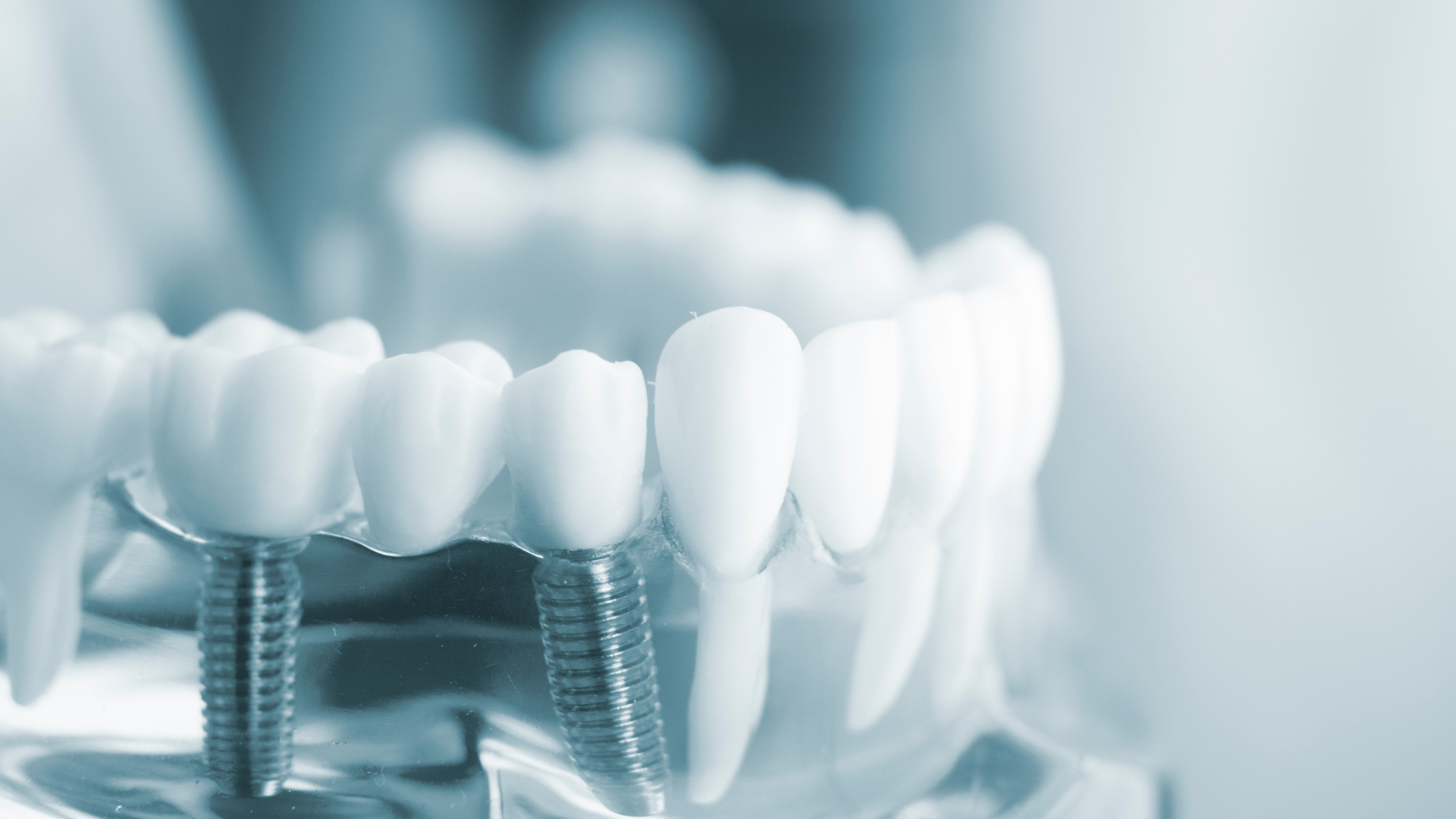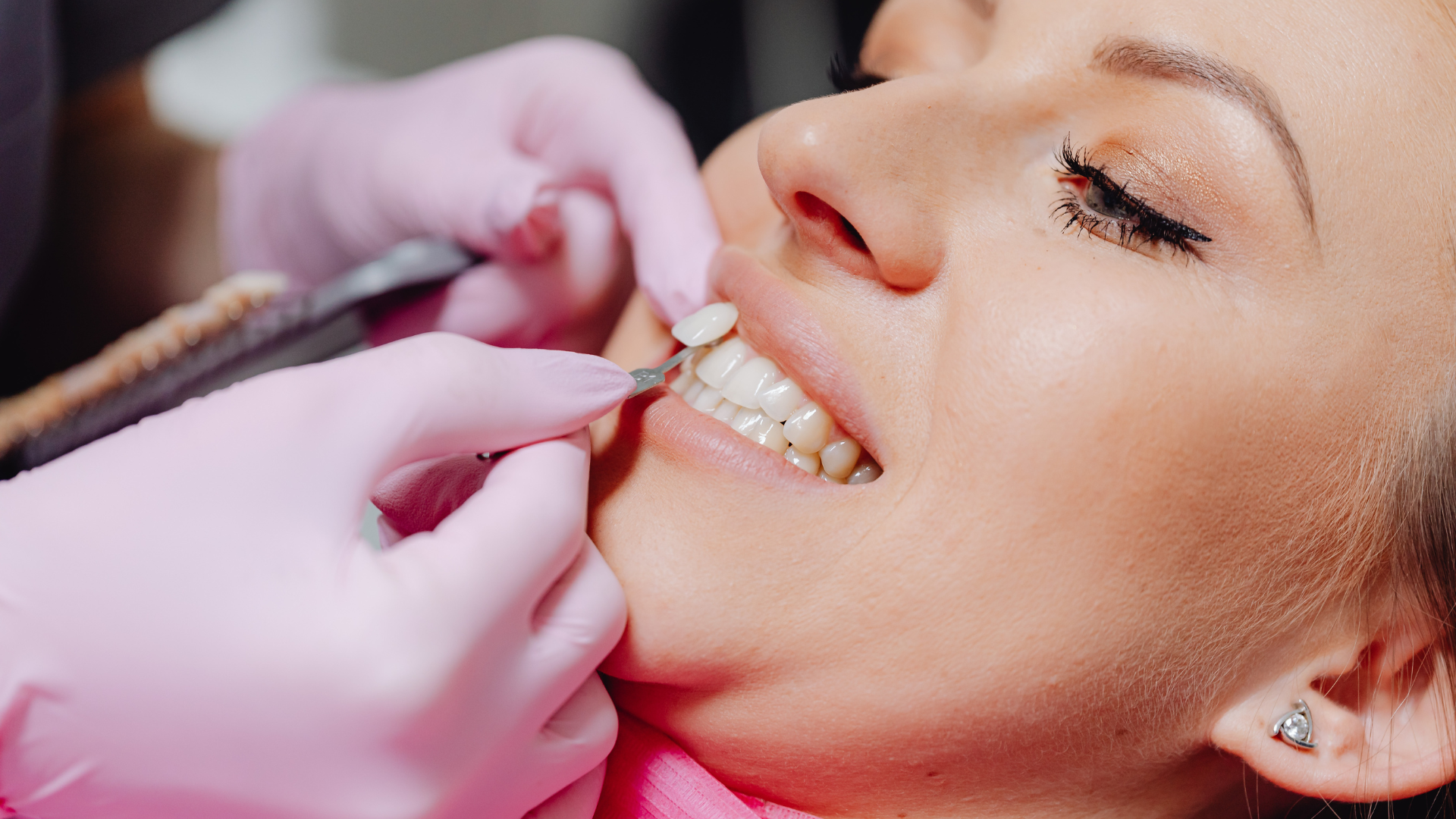Navigating Your Options for Relaxed Dental Procedures
Sedation Dentistry:
Navigating Your Options for Relaxed Dental Procedures
For many, the mere thought of a dentist's chair can trigger anxiety. This trepidation can deter even those in dire need of dental care. Recognizing this, dentistry has evolved to include a variety of sedation methods that prioritize patient comfort. Sedation dentistry, often referred to as "sleep dentistry," ensures both simple and complex procedures can be undertaken with minimal stress. With options ranging from mild sedatives to complete unconsciousness administered by an on-staff anesthesiologist, let’s delve into the world of sedation dentistry.
Types of Sedation in Dentistry:
Minimal Sedation:
Nitrous Oxide (Laughing Gas):
The patient inhales this gas, combined with oxygen, through a mask placed over the nose. It relaxes patients but leaves them awake. The effects wear off quickly, allowing patients to often drive themselves home post-procedure.
Moderate Sedation
(formerly conscious sedation):
Oral Sedation: This involves the patient taking a pill, typically Halcion, an hour before the procedure. It makes the patient drowsy, though they'll still be awake. Some people may fall asleep but can be awakened with a gentle shake.
Moderate Sedation:
Administered via a vein, this method works more quickly. The dentist can adjust the sedation level as needed during the procedure.
Deep Sedation and General Anesthesia:
General Anesthesia:
This renders the patient completely unconscious. Administered by an on-staff anesthesiologist, the patient won’t wake up until the anesthesia wears off or is reversed with medication.
Intramuscular Sedation: This involves an injection into the muscles of the upper arm or thigh. It's less commonly used but is an option for some.
Who Can Benefit from Sedation Dentistry?
Dental Anxiety Patients: Those with a deep-rooted fear of dental procedures.
Long Procedures: Lengthy treatments might be more comfortable under sedation.
Sensitive Oral Nerves:
Some patients have an unusually low pain threshold.
Small Mouths: Patients who find it painful to keep their mouth open for extended periods.
Bad Past Experiences: Traumatic dental experiences in the past can make sedation a preferable choice.
Advantages of Having an On-Staff Anesthesiologist:
An in-house anesthesiologist is a game-changer for dental clinics. Their presence allows:
Safety:
An anesthesiologist can closely monitor vital signs during procedures and act immediately if complications arise.
Customized Care: They can adjust the sedation level to the patient's comfort.
Extended Procedures:
Complex procedures that take longer can be undertaken with an anesthesiologist ensuring the patient's comfort.
Factors to Consider:
Medical History Review:
It's crucial to disclose complete medical history, including any medications or supplements taken.
Post-Procedure Plans: Some sedation methods, especially deep sedation, require the patient to arrange a ride home.
Cost Implications: Sedation options come with varying costs, which might influence choices.
In Conclusion:
Sedation dentistry is an emblem of the dental profession's commitment to patient comfort. Whether it’s a minor cleaning or a more intensive procedure, there's a sedation option tailored to every need. With the added assurance of an on-staff anesthesiologist, patients can experience dental treatments that are not only effective but also anxiety-free. Remember, the best choice is often made through collaboration between the patient and dental professional, ensuring both safety and comfort.
Recommended For You
Hours & Address
Mon-Thurs: 8:00 am to 8:00 pm
Friday: 8:00 am to 6:00 pm
Saturday: 8:00 am to 3:00 pm
643 Danforth Ave,
Toronto, ON M4K 1R2
Navigation Links
© Danforth Neighbourhood Dental Centre | All Rights Reserved




